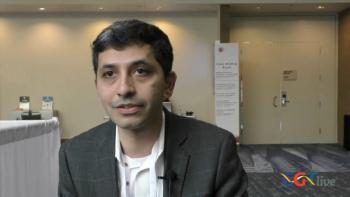
The associate attending physician at Memorial Sloan Kettering Cancer Center discussed updated data presented at the ASH 2022 meeting.

The associate attending physician at Memorial Sloan Kettering Cancer Center discussed updated data presented at the ASH 2022 meeting.
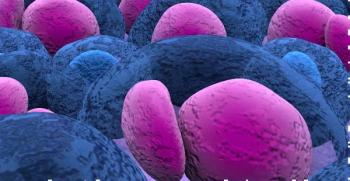
New data from a phase 1/2 trial of BMS-986393 were presented at the 64th Annual ASH Meeting.
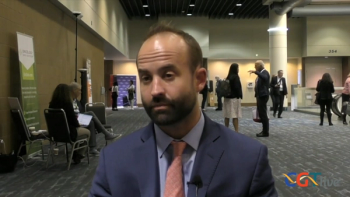
The assistant member of the department of malignant hematology at Moffitt Cancer Center discussed unmet needs in acute myeloid leukemia and how UCART123v1.2 may address these.
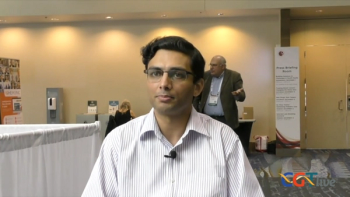
The assistant member of the bone marrow transplant department at St. Jude Children’s Research Hospital discussed new data from a phase 1/2 trial presented at ASH 2022.
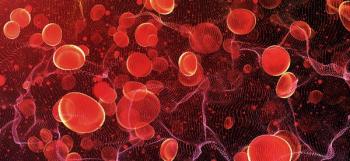
Annualized bleed rate and FVIII infusion rates significantly decreased after infusion with the gene therapy.
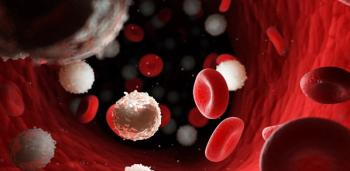
Four of 17 patients who received UCART123v1.2 showed clinical benefit.
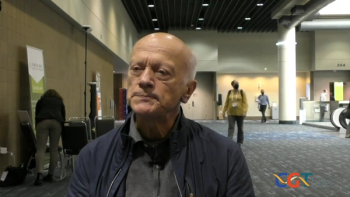
The professor at University Hospital Dresden discussed data presented at the 2022 ASH meeting.
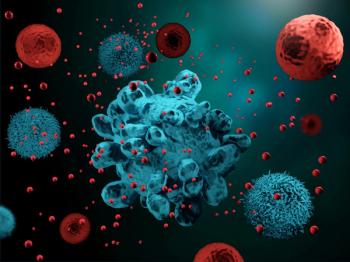
The complete metabolic response rate was 70% 3 months after infusion.
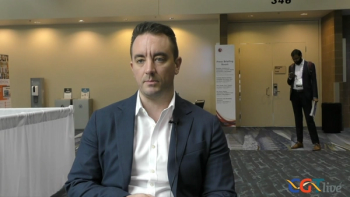
The study's primary investigator shared his thoughts on where CART-ddBCMA could fit within the treatment landscape.
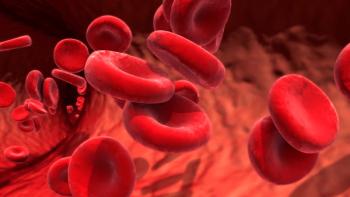
100% of patients who achieved transfusion independence reported an overall benefit from treatment.
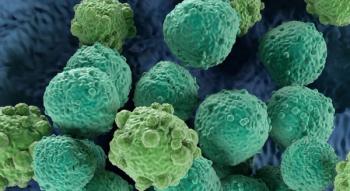
Rates of complete response to the novel CAR-T varied from 67% to 75% across the 4 dosage levels tested.
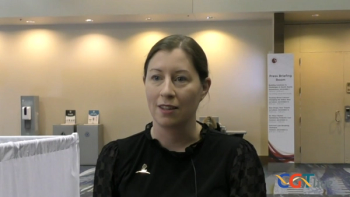
The assistant member of the bone marrow transplant department at St. Jude Children’s Research Hospital discussed the session she moderated at the ASH 2022 annual meeting.
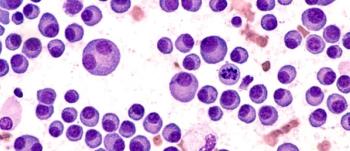
Among the 38 patients now dosed and evaluable, the ORR remains at 100%.

A complete response rate of 67% was reported and no treatment-limiting toxicity occurred.
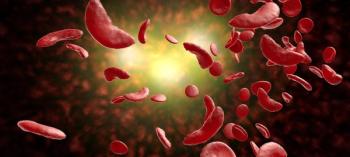
A DCE analysis weighed gender-, age-, and disease-severity-specific annual costs as opposed to traditional cost-effectiveness models.
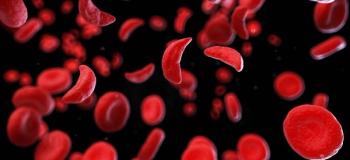
Additional data on 2 patients who developed persistent anemia suggests a genetic cause may be behind the serious adverse event.
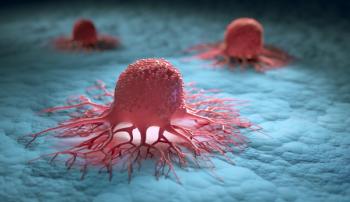
Two of 4 evaluable patients showed stable disease in data presented at ESMO-IO 2022.
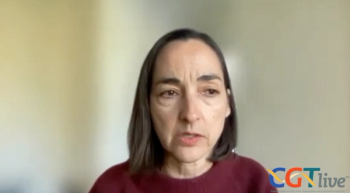
The chief medical officer of Forge Biologics discussed the potential advantages of the investigational combination therapy approach.
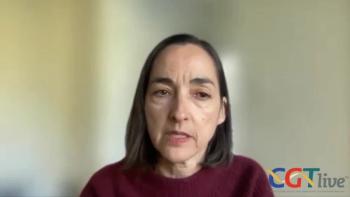
The chief medical officer of Forge Biologics discussed clinical data presented at ESGCT.
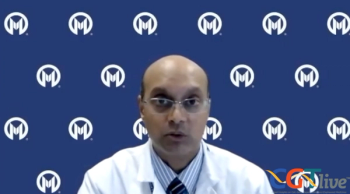
Sarnaik discussed several potential areas of innovation on the horizon.
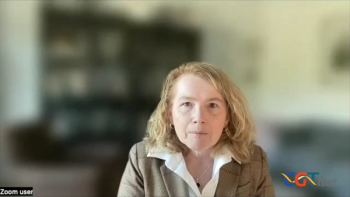
The director of the CCU/ICU at Saint John’s Health Center discussed unmet respiratory treatment needs in the beginning of the COVID-19 pandemic.
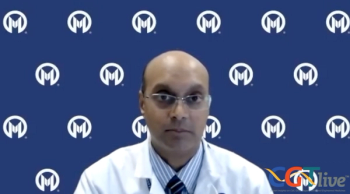
Sarnaik discussed the investigational TIL therapy’s potential as an additional option for patients.

CAN-2409 transduces tumor cells with the thymidine kinase gene, sensitizes these cells to valacyclovir, and stimulates patients’ immune response.
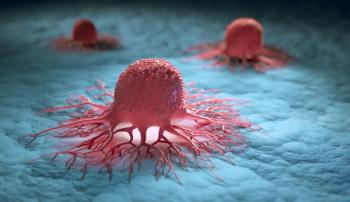
Updated data from a first-in-human trial were presented at the SITC 2022 meeting.
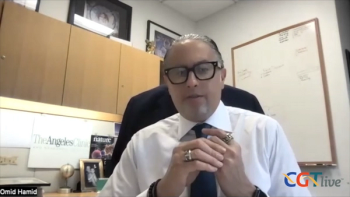
The chief of research and immunotherapy at Cedars-Sinai The Angeles Clinic and Research Institute discussed updated data from the phase 2 C-144-01 study of the lifileucel TIL therapy.
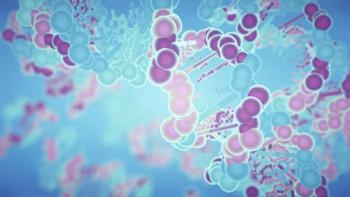
A2B530 and A2B694 target CEA and MSLN cells that have HLA loss of heterozygosity.

Data from the COBALT-RCC study in renal cell carcinoma were presented at SITC 2022.
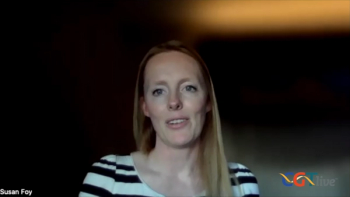
The CRIPSR-edited neoantigen-specific T cell therapy demonstrated safety and feasibility in the first-in-human PACT-0101 study presented at SITC 2022.

Further analysis will be performed to elucidate which characteristics correlate with optimal cell therapy behavior.
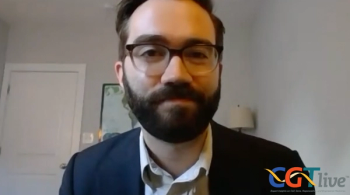
The vice president of Public Policy & Advocacy of the Muscular Dystrophy Association discussed the organization’s work with regulatory members to advance gene therapies towards review and approval.